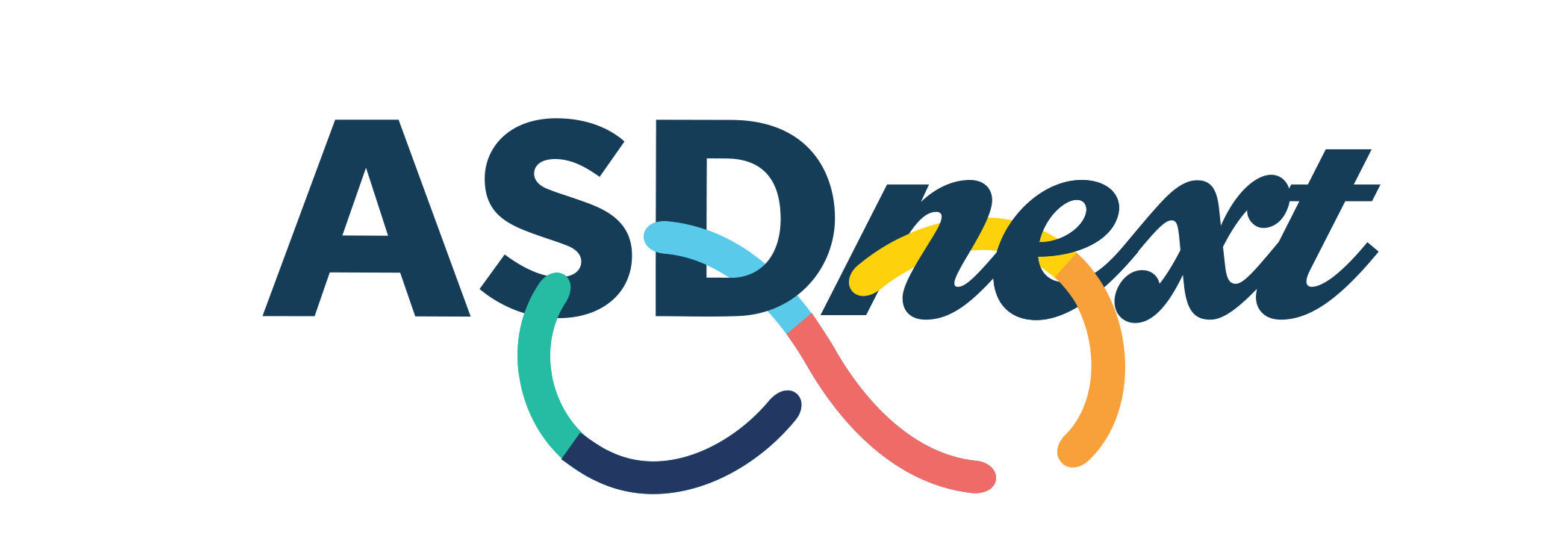Positive Approaches Journal, Volume 10, Issue 1
Positive Approaches Journal | 5

Volume 10 ► Issue 1 ► May 2021
Sexuality and Social Connectedness Part 2
Introduction
Human sexuality has long been studied and will continue to be explored for years to come. Throughout my career several things have remained constant: individuals, no matter their age (beyond adolescence), gender, race, sexual orientation, mental health status, or presence of intellectual or developmental disability all want to feel safe and develop loving relationships. The desire for intimacy is not limited to a certain fraction of the human race; we do well to remember that. Relationships are an enduring part of who we are, and they tend to connect us. The COVID-19 pandemic has stressed many of those relationships and we have had to be innovative to maintain a sense of connectiveness. Let’s continue to work on getting to know each other and developing lasting relationships. We can all use the connection!
Kate Griffin, an English author, once said:
It seems to me that the greatest triumph of any human rights movement, be it fighting for racial, religious, sexual or gender equality – is to achieve that moment where eyes are opened so wide that a sort of blindness sets in. I don’t care if
someone is black, white, gay, or straight. I don’t care if a woman has children or no – I just want to know who they are. […] At the end of the day, gender differences seem to me to be just a tiny, tiny drop in the great expanse of things
that make people unique. Unique, not ‘different’, not ‘other’ merely another piece of that great teaming mass that makes up the wonderfully rich, thrillingly varied definition of ‘humanity.'
—Dale K. Adair, MD, FAPA, Chief Psychiatric Officer, Office of the Medical Director
Department of Human Services, Office of Mental Health and Substance Abuse Services (OMHSAS)



